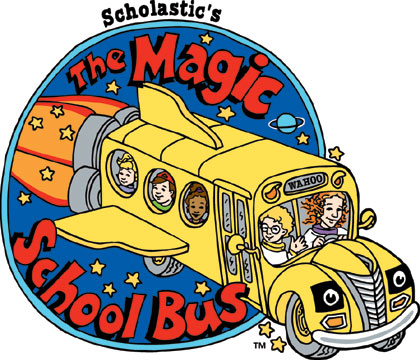By M. Belen Giamberardini and Gisela Koval
Every day in Argentina lots of children watch TV after school or during weekends and one of the favourite TV shows chosen by them is The Simpsons. Children follow Homer and his family’s adventures in Springfield day after day, week after week, month after month, year after year.
It is well known that The Simpsons satirizes the American life style. Incompetent authorities, irresponsible adults, little tolerance and acceptance to everything that is “different”, out- of- control children, both at home and at school, are examples of this. But this is not all. The Simpsons can also underestimate the image of what is culturally taken as good.
“¡Púdrete Flanders!”(“Screw Flanders!”) has been a well known phrase daily heard by Argentinean kids during the last fifteen years. It’s not difficult to see how Homer mistreats his neighbor and makes fun of his way of dressing, religious beliefs, values and healthy habits. All this gives as a result a distorted image of what is considered a good neighbor.
Matt Groening reflects the failures of the American educational system through the Elementary School of Springfield . Although it is known that some failures in the system may be real, the author exaggerates the figure of teachers and authorities making fun of them. In this way, an organization which should be respectable is pictured as a weak and useless institution where kids do whatever they want.
To avoid visiting Grandpa is one of The Simpsons favourite plans for the weekend. Old people are seen as a thorn in one’s eye and taking care of them is not a choice. To exemplify this, there is an episode in which Homer denies giving away one of his kindness to save his father’s life. There is another episode in which Bart makes fun of Lisa because she enjoys spending her free time visiting old people at the Retirement Home. Thus, it is underestimated something that is culturally considered as good as taking care of old people.
“Why don’t we do a family activity next Sunday?” is a phrase that we will never hear in the show because The Simpsons prefer doing activities separately. Homer prefers spending time at Moe’s drinking Duff rather that taking the family to the zoo, for example. Marge spends all day in the kitchen preparing meals to satisfy Homer’s hunger while Bart, Lisa and Maggie live adventures on their own. So that something good as a united family is again disparaged.
The Simpsons popularity is undeniable. It doesn’t matter whether you are six or sixteen years old, you will laugh watching them anyway. But its success is based on showing irresponsibility, intolerance and lack of family values as fashionable and cool, making culturally good habits look absurd.
Is The Simpsons the kind of show we want our children to watch? It’s better to be believed it is not.










